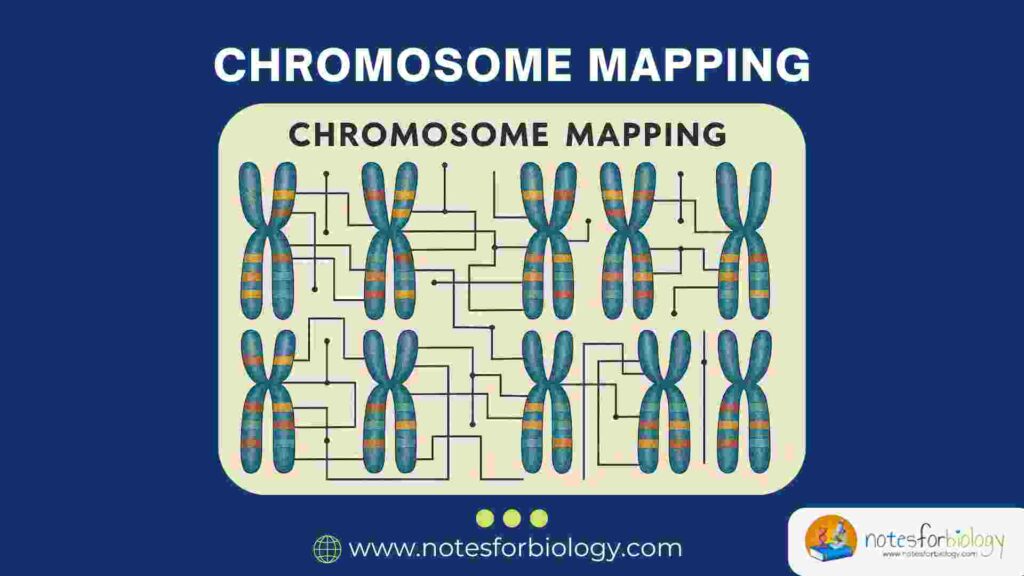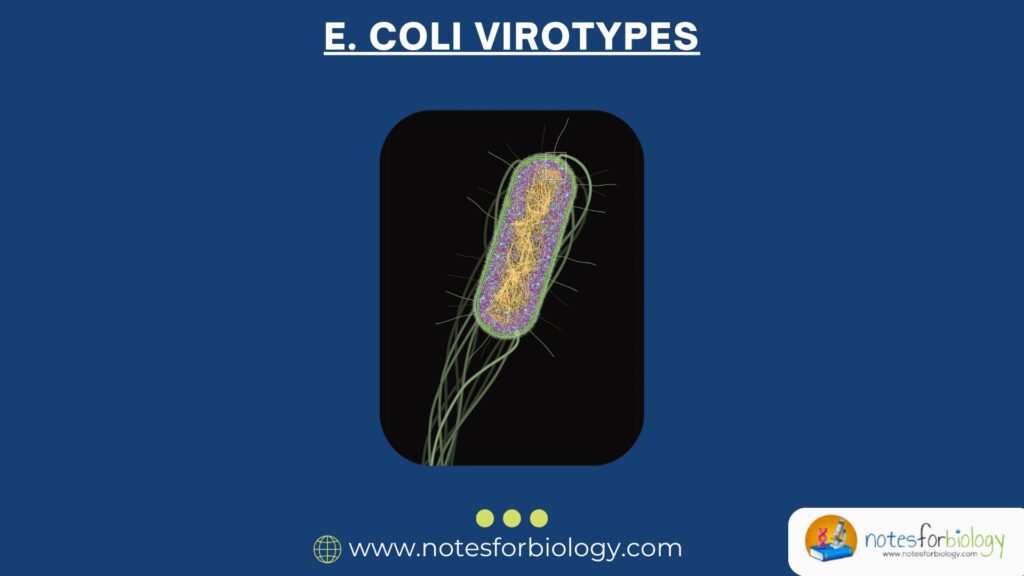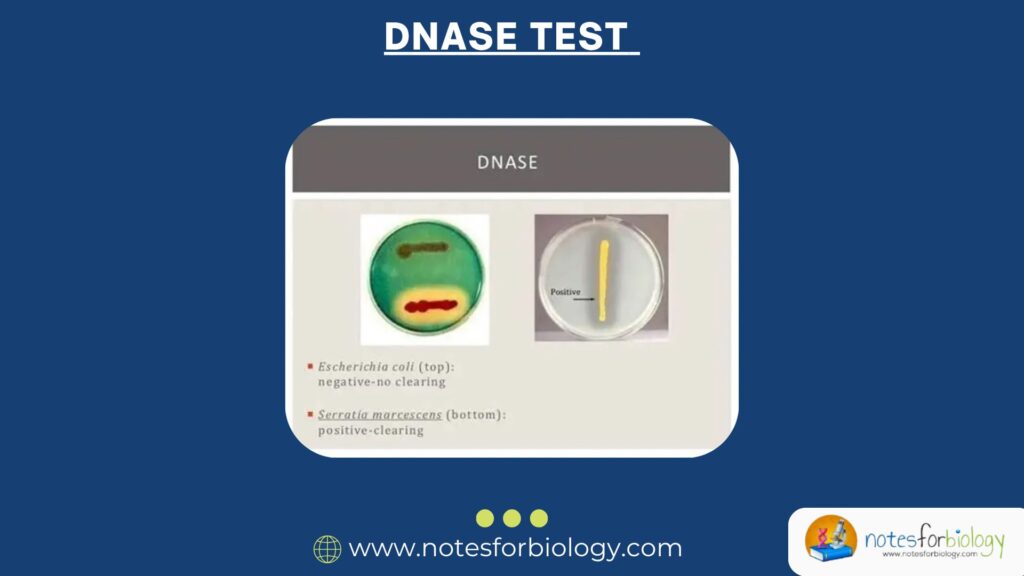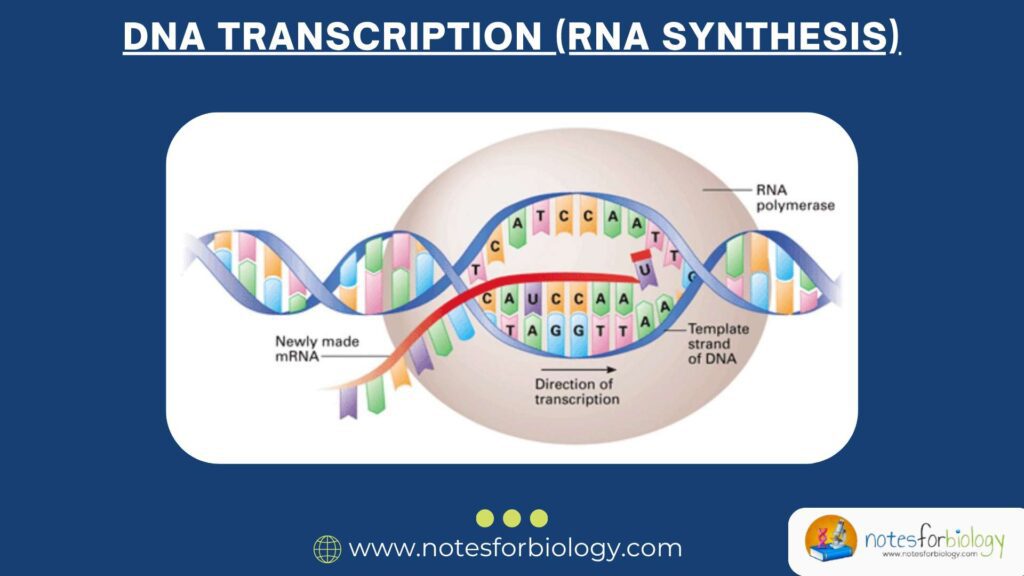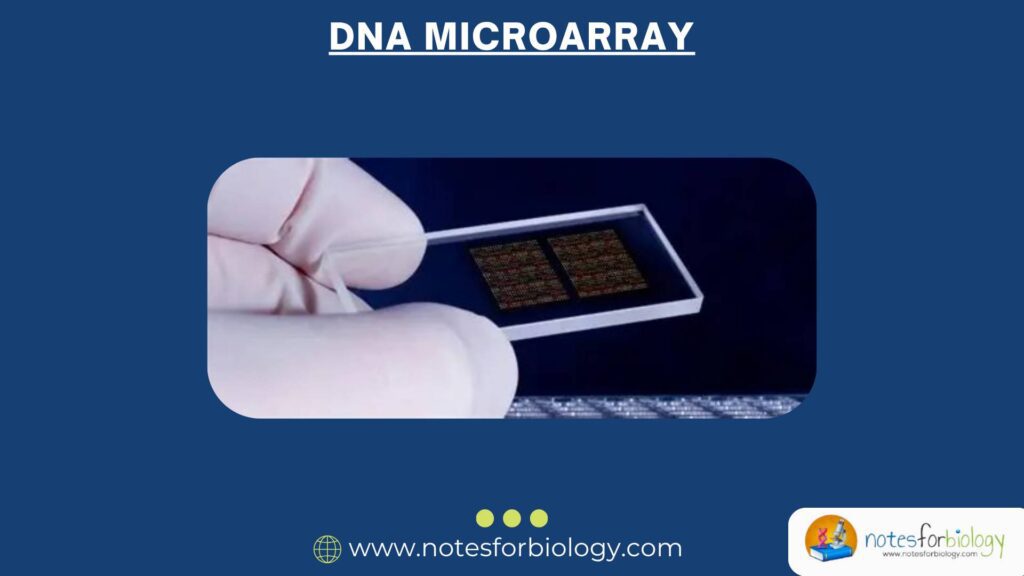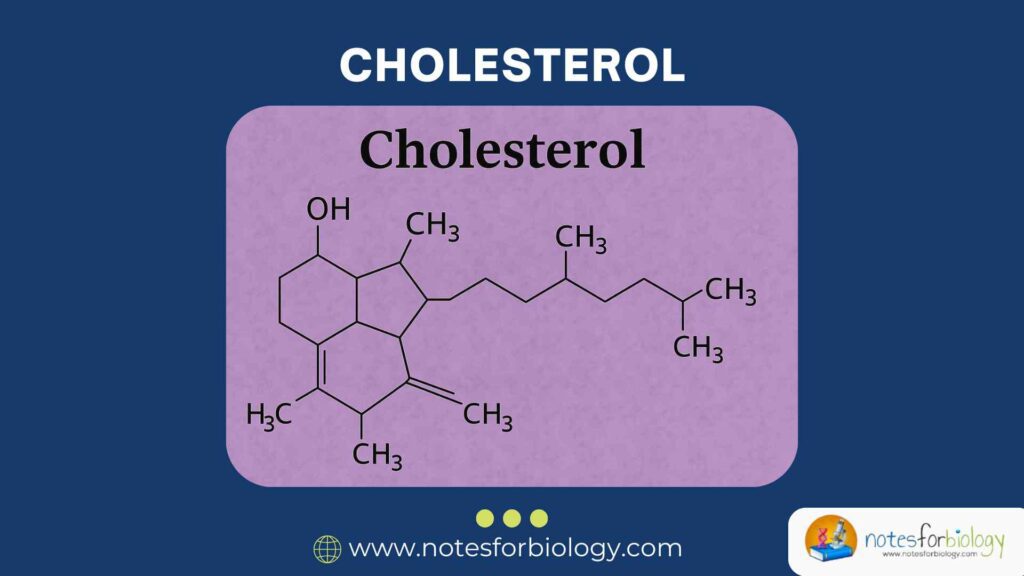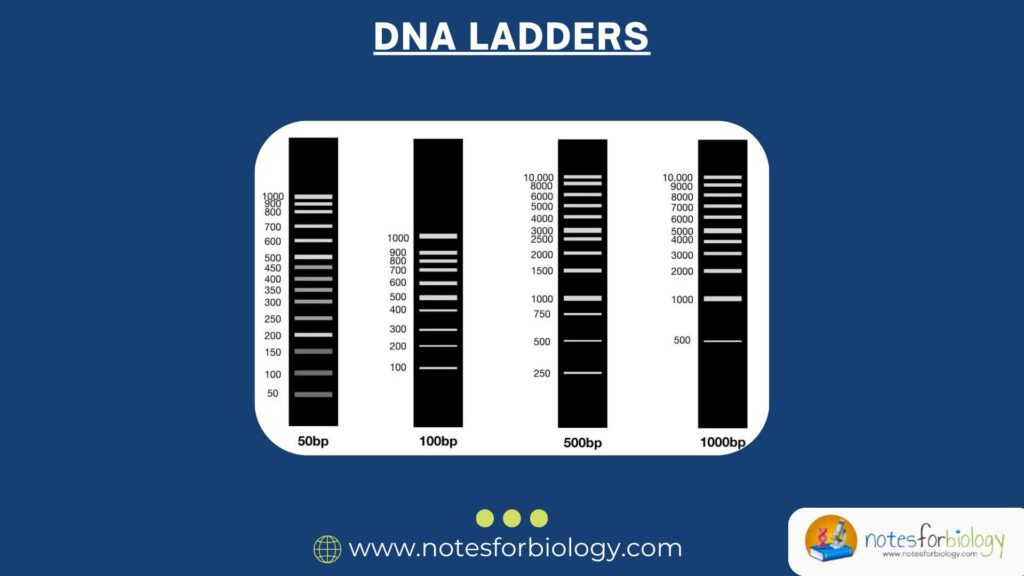Ecological Niche
Introduction Nature is full of diverse organisms that share the same environment but behave in different ways. Have you ever wondered why lions and hyenas, though living in the same African savannah, don’t always compete for food? Or why certain plants grow only in specific soil types or sunlight conditions? The answer lies in the […]


